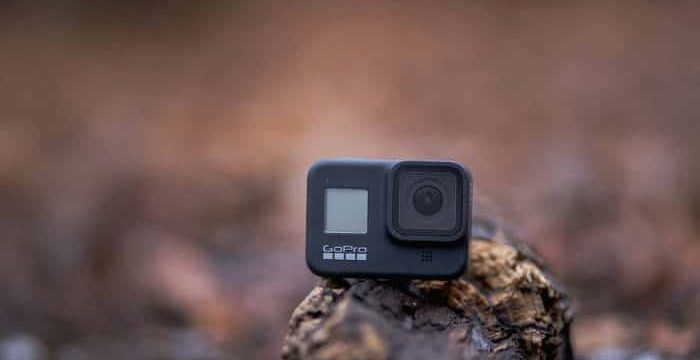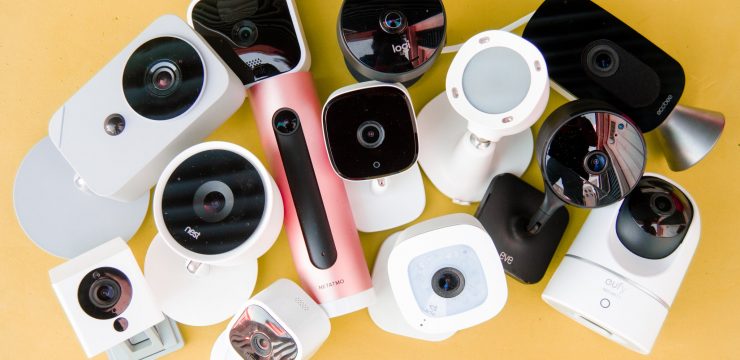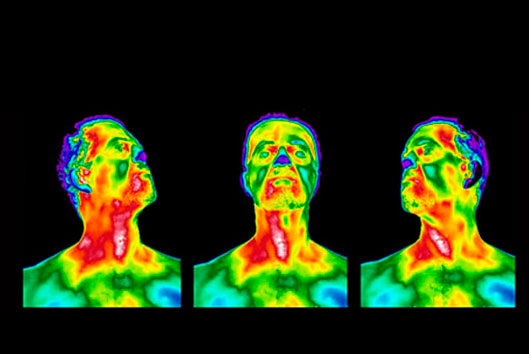Heatwaves are invisible to the human eye, but they can be detected by special cameras that sense infrared radiation. These images are called thermal images or thermograms.
Thermal imaging is used in a variety of applications, from security and surveillance to building inspection and medical diagnosis.
How does it work?
Thermal imaging cameras detect infrared radiation and convert it into an electrical signal. This signal is then processed to create a thermal image. The hotter an object is, the more infrared radiation it emits.
Thermal images are typically portrayed as false-color maps, with warmer colors indicating higher temperatures and cooler colors indicating lower temperatures.
What are some ways to block thermal imaging?
Some materials, such as metals, glass, and stone, are very good at reflecting infrared radiation. This makes them effective at blocking thermal imaging.
Other materials, such as wood and fabric, are not as good at reflecting infrared radiation. However, they can be made more effective at blocking thermal imaging by adding a layer of aluminum foil.
Implement blocking measures
There are a variety of ways to block thermal imaging, depending on the application.
For security and surveillance applications, using materials that reflect infrared radiation, such as metals and glass, can be effective at blocking thermal imaging.
For building inspection applications, adding a layer of aluminum foil to wood and fabric can help to block thermal imaging.
For medical diagnosis applications, special coatings that contain metallic particles can be applied to materials to make them better at blocking thermal images.
Monitor your progress
Monitoring your progress is important to ensure that your blocking measures are effective.
One way to do this is to use a thermal imaging camera to take thermograms before and after you implement your blocking measures.
Comparing these thermograms can help you to see how effective your blocking measures are at reducing infrared radiation.
Another way to monitor your progress is to use a heat-sensitive camera, such as a FLIR camera.
These cameras can detect even small amounts of heat, making them ideal for monitoring the effectiveness of thermal blocking measures.
Maintain your blocking measures over time
Once you have implemented your blocking measures, it is important to maintain them over time.
This means regularly checking for any gaps or holes in your blocking material, and repairing or replacing them as necessary.
It is also important to monitor the condition of your thermal camera and to calibrate it regularly to ensure accurate readings.
Finally, there are special coatings that can be applied to materials that make them better at blocking thermal imaging. These coatings typically contain metallic particles that reflect infrared radiation.





